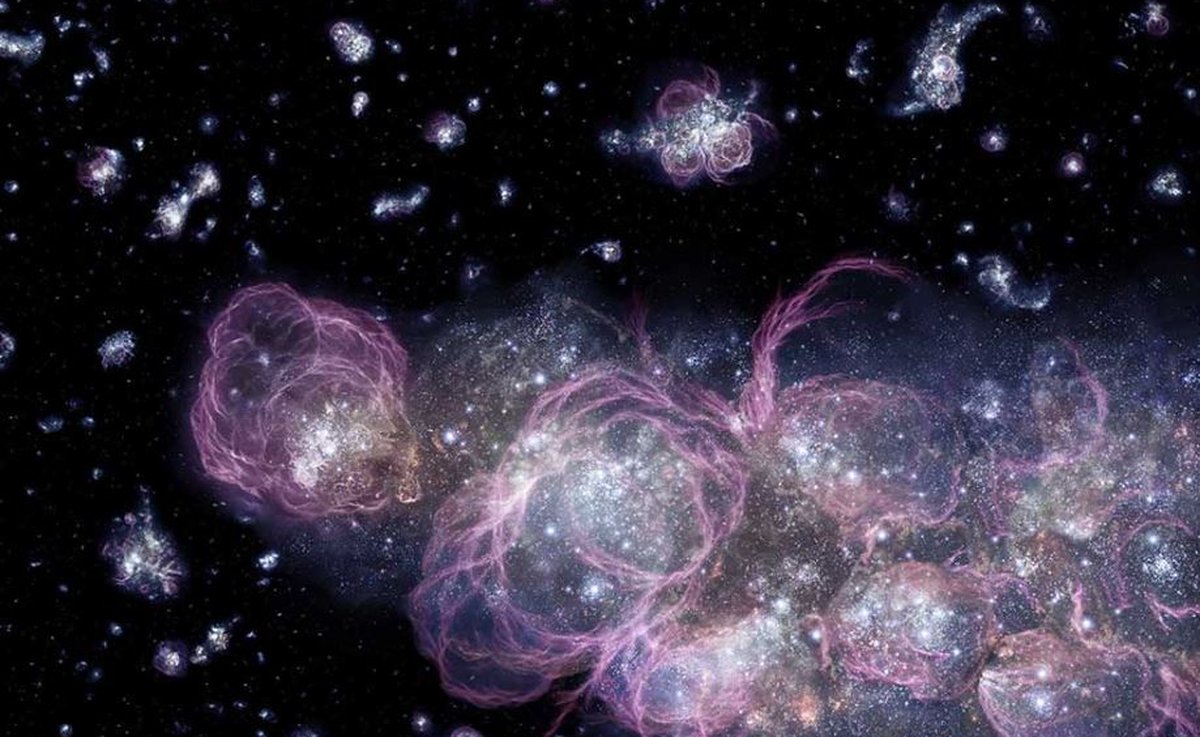Stars appear very small when viewed from the Earth’s surface. But in reality they are much larger than what we can see – some more than others, but all very large. As with other celestial bodies in the universe, there is a scale that classifies them as larger or smaller depending on their formation conditions.
A group of scientists from Tsinghua University in China claims to have discovered a star called TMTS J0526B, which appears to be the smallest star ever detected by science. Located just 2,670 light-years from Earth, cosmic object is only 0.33 times the mass of the Sun and for now it represents the star with the smallest volume ever detected. There are already huge stars.
Just as the size of a star is directly affected by the environment in which it is formed in space, the elements present in the region also affect the conditions of these celestial bodies. For example, rocky Earth-like planets must form in a suitable environment where dust and cosmic gas are the two common building blocks of planets.
The Sun is the main star in the Solar System and is approximately 109 times the diameter of the Earth; Its mass is approximately 333 thousand times greater than that of our planet. The star VY Canis Majoris entered the list of the largest stars known to science, with a diameter of 2,100 times that of the Sun. — fits nearly three billion Earth-sized objects inside.
In fact, scientists claim that the first stars in the universe were much larger than most stars that formed in the recent history of the universe. So why were they bigger? The simple answer is that the specific processes that occurred at the beginning of the universe 13.8 billion years ago were very different from those occurring today.
Giant stars from the early universe
Scientists have already managed to collect some evidence of cosmic microwave background radiation from the first stars; but they continue to find more data to study them more thoroughly. In addition to the possibility of studying stars, researchers also claim that: Evidence from these primitive objects could help answer some fundamental questions about the initial conditions of the universe.
Because they appear to be at the beginning of everything, they were formed at such a distance that existing devices cannot capture their data. Maybe their light didn’t even come close to Earth, after all they are billions of light years away. Despite this, technology is advancing and can help us gather more information about these cosmic objects.
In any case, the truth is that we will probably never be able to observe the stars that existed in the early universe because their life cycles must have already ended. Based on some data collected about metals and other stars composed of this primitive material, scientists realized that they consist almost exclusively of hydrogen and helium, elements that appeared at the beginning of the universe.
“The only real evidence we have so far of the first stars is in the traces they left behind: the metals they created and that we see in later generations of stars; effects of ionizing radiation on the primordial gas of the universe; and perhaps the remaining black holes. If the first stars were massive and short-lived, any nearby ones would have long since vanished, the James Webb Space Telescope (JWST) website notes.
Astronomers have even managed to gather information about the composition of the first stars, but mass values are much more difficult to understand. Some proof points It turns out that the first stars were quite massive, perhaps not as massive as the largest existing stars in the universe, but must have been between 10 and 300 times the mass of the Sun.
Because of their mass, these primitive stars are also They must have a luminosity about a million times more intense than that of the Sun and temperatures close to 100 thousand degrees. Current computer simulations show that stars with masses 10 to 140 times that of the Sun may have ended their cycles in supernovae. The remaining material may have formed various cosmic objects in the universe.
Did you like the content? So, stay up to date with more news about astronomy at TecMundo. Figure out if the Big Bang is ‘just a theory’ if you want.
Source: Tec Mundo
I’m Blaine Morgan, an experienced journalist and writer with over 8 years of experience in the tech industry. My expertise lies in writing about technology news and trends, covering everything from cutting-edge gadgets to emerging software developments. I’ve written for several leading publications including Gadget Onus where I am an author.












